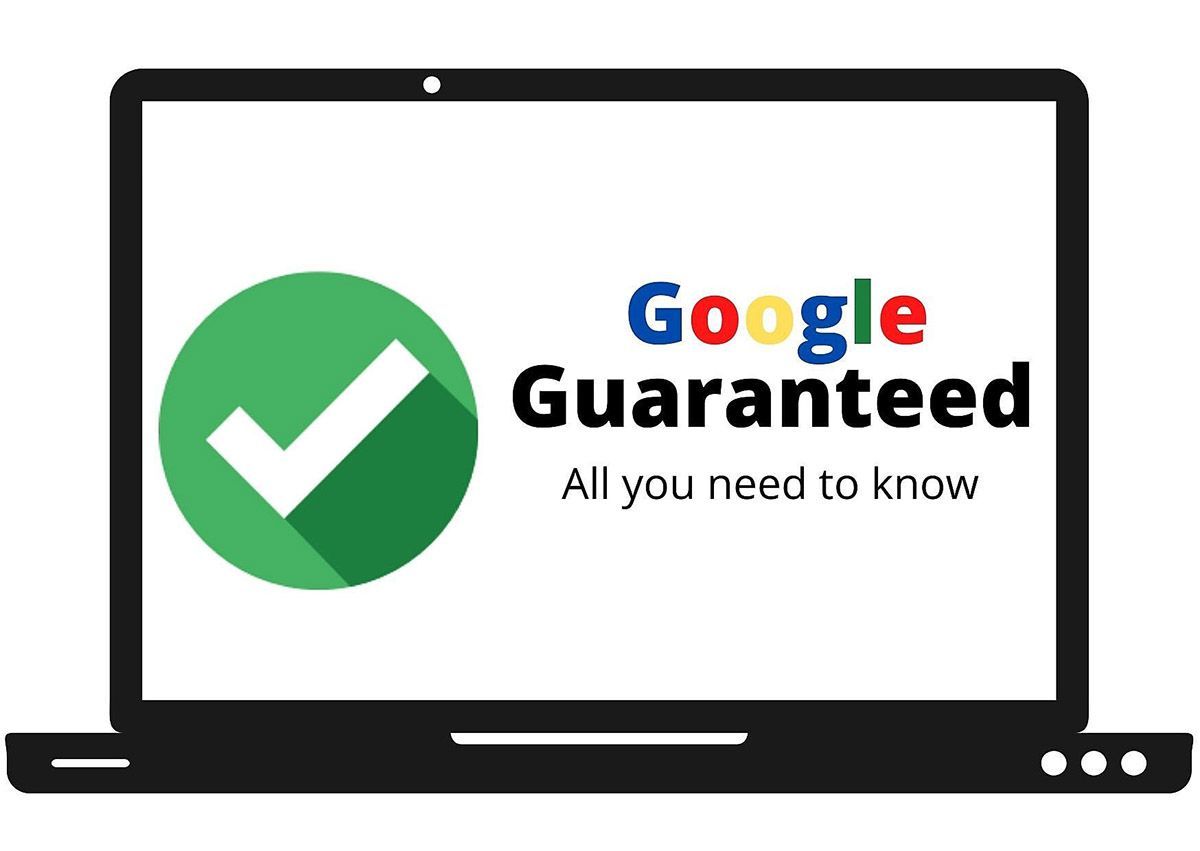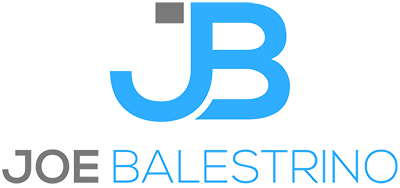How to Improve Your Ecommerce SEO
On-page SEO Tips for Ecommerce

There are many aspects to SEO for eCommerce sites. In this article, I am going to address the on-page items you can fix that will dramatically improve your organic rankings even if you have very little incoming links and domain authority.
I created a Shopify store about 12 months ago to put my concepts to the test. I wanted to prove if done correctly – even a new eCommerce site can drive organic traffic. This simple guide is great for anyone starting out or from an established website. In either case, you don’t need a lot of domain authority to get started.
How to Improve Ecommerce SEO for a New Ecommerce Store?
In order to improve your eCommerce SEO, it’s important to plan out your site’s architecture and keywords before you launch your site. This guide will help you build a solid foundation that many eCommerce sites lack. The majority of effort is usually placed on the choice of products and the design of the site. There is nothing more time consuming and frustrating than having to restructure and work on SEO while trying to actively promote a website. I’ve outlined a few of the most impactful things you can do to improve the SEO of your site.
➡️ Category Page Optimization - There should be a clear structure for your site. In this example, I have men’s watches broken down by different styles of watches. Why is this important? Why not just place all of the watches in one category? The goal is to get as detailed as possible for a few reasons.
➡️ People generally search by types – No one searches for just “watch” it’s too broad. People tend to have a style of watch that they want to buy. If someone was looking for a men’s minimalist watch style – they may search “minimalist watches for men” or “men’s minimalist watches”.
You may say that the term is too broad or too competitive. Which is a valid concern. However, for me, this is a longer-term SEO goal. What I want to do is break these watches into as many tightly grouped products not just for SEO.
If I wanted to send visitors from paid search campaigns to my site, I could bid on terms around “minimalist watches” and send them to this landing page which only features this one style. This improves quality score and performance. So, it pays to do your research and see how many categories you can create with your products.
It doesn’t matter is products fall into multiple categories. The duplicate content will be minimal so long as all of the same products don’t appear in every single category the same way. Now that we have categories figured out. What does the title tag look like?
How to Write Title Tags for Ecommerce Website
Title tags for eCommerce sites can be tricky, especially when you sell many of the same products. This site I am using is fairly new and while “Minimalist Watches for Men” is a long-tail term and should be easier to rank for – I decided to go with “Cheap Minimalist Watches for Men”. The competition for it is less and it tacks on another word to my phrase. The goal is to overtime rank for variations of; Cheap Minimalist Watches for Men, Minimalist Watches for Men and Cheap Minimalist Watches.
I also added a small blurb above the watches category page in order to add the term “cheap” and my other keywords for that section. I wanted to have those phrases found on the page and not just the title.
Meta Description Optimization for Ecommerce Website
Meta descriptions are seen in Google search results and it tells searchers what they can find on the page. It is also your opportunity to get searchers to click and visit your page. Clicks and time spent on your site improve SEO. See below for what a bad meta description looks like…
The meta description above won’t get many clicks as there is no description. In many cases, searchers will skip this page altogether. Even though it has reviews. This snippet was pulled from the page because the description tag is left blank. Here is a description that is better and could get someone to check out the product.
As you can see there is a difference between the two. Never leave your meta description blank.
Ecommerce Website Product Page Optimization
This section will make or break your eCommerce SEO. I’ve reviewed hundreds of eCommerce stores – many of them Shopify stores that dropship. There is a huge missed opportunity many drop shippers are missing and I’ll break them out below.
How To Name Products On Ecommerce Sites
Another way to improve your eCommerce SEO is through product naming. After you create your category page it’s time to work on naming your products. Here is where 90% of eCommerce stores fail! If you are using the same product titles as the manufacture you’ll run into 3 issues:
➡️ Duplicate content – Google doesn’t want to show the same exact product in search results. That would be a boring experience for users so Google filters these out.
➡️ Many of these titles, especially from Aliexpress are long, wordy and spammy. They will make your product titles unappealing to visitors and clutter your website.
➡️ You’re missing an opportunity to drive organic traffic to your product pages. Yes, to your product pages.
I’ll use my “minimalist watches” as an example. Take a look at these titles and tell me if you can spot what it is I am doing.
The goal here is to use keywords to be as descriptive as possible. If someone is looking for a minimalist watch – they know what style they want, but not the color or function. However, if someone wants a Men’s Quartz Watch with a mesh band – I have a better chance of showing up and even more chance of making a sale.
You have a better chance for ranking for the term, “Men’s mesh watch with blackface”. Just because a term is long tail doesn’t mean it won’t drive traffic or sales.
➡️ Product Description Optimization -
Here is another place where e-commerce shops fail. If you are using the same product description as the manufacturer you are going to miss out on organic traffic. Your product descriptions need to be unique. What I like to do is have the main keywords I am going after in the description. If this is my title….
My product description mentions those words in the description.
I also want all the sizes and colors that I carry in the product description to help with SEO. I may sell a minimalist watch with a mesh band that comes in Gold, Silver, and Red. I’ll add that to my description and leave the colors out of the title tag. I also want the description to talk about the material. Remember, you want someone to buy the product – so give them the information they need to make a purchase.
Is this time-consuming? Yes! You can go to places such as Upwork and pay someone a few dollars per description. You can get by with 2 – 4 lines for a description. More is better, however, too long and it will just make the page look cluttered. You can use the same product dimensions, just not the same description. Never post a product without a description. Users will want to know more about the product and while a good photo is nice description can help close the deal.
Ecommerce Website SEO Strategy
I’ve worked on some large e-commerce websites and unless you have a lot of authority to help you overtake competitive keywords – this method will work best for you. The strategy for your eCommerce store regardless of whether you use Shopify, WordPress or any other platform should be as follows.
➡️ A long term strategy is to build SEO to category pages for broader terms, but on specific types, styles and brands of products.
➡️ A short term strategy is to go after descriptive keywords on product pages as those will be easier to rank.
➡️ Create blog posts that answer questions about your products and the issues/questions they solve and link and/or add products within those posts.
Let’s go back to the terms I was optimizing for at the beginning of this article.
Here is a ranking report of the keywords that I am tracking around the phrase “cheap minimalist watches”. As you can see I’m ranking fairly well even though watches are competitive.
You’re probably thinking that I have a ton of links pointing to my store, right? Wrong! My domain authority is 5! To be completely transparent – many of the other terms I am going after don’t rank at all. I’ve also haven’t done any optimization or link building in the last 6 months. I have not started any blog writing to help drive traffic.
Below is the last 6 months of clicks from Google. This data is from the inside search console.
What can we learn from this data? It is possible to get traffic organically from Google even if we are a new business. It comes down to long tail terms and unique content.
One final word on on-page optimization – if you follow this outline you’ll find that if you use Google shopping ads that your optimize title tags and product descriptions also improves your performance there as well.
If you still need help improving your eCommerce SEO feel free to contact me. Or you can go and purchase my book on Amazon.
Need Help With Your Digital Marketing?
Speak with an expert now!














